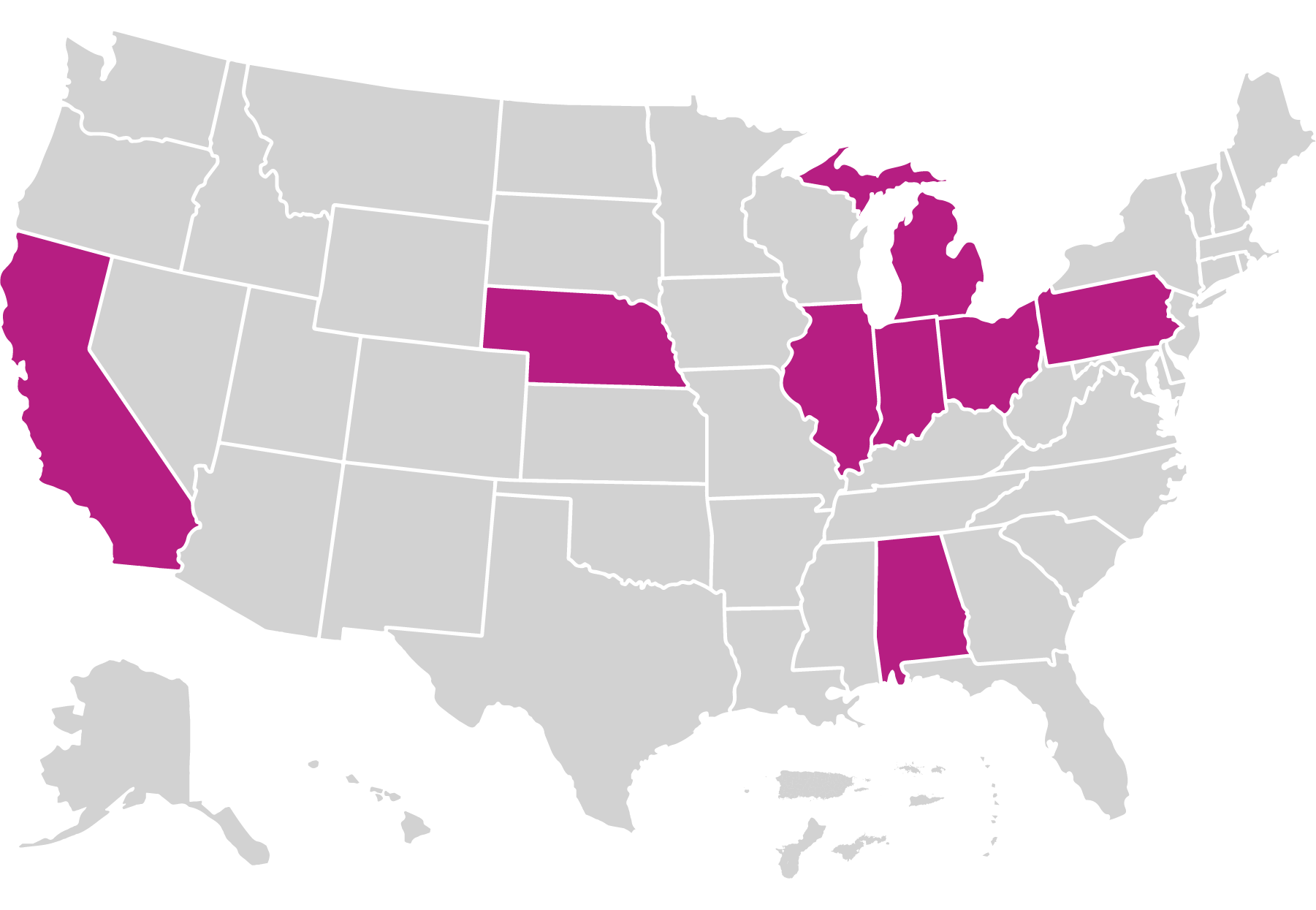Baby TALK
Baby TALK is a family engagement model built upon infant-mental health principles to provide a framework for intentional and individualized engagement with families. The Baby TALK mission is to positively impact child development and nurture healthy and responsive relationships during the early, critical years. Family engagement programs and professionals build strong relationships with families to come alongside them in support of healthy development, nurturing family-child relationships, and family well-being and growth.
What is the model’s approach to providing home visiting services?
Visits take place at least twice per month, and families may receive weekly visits when appropriate. Baby TALK recommends that families initiate services prenatally, though they may enroll at any point before the child turns 5 years old.
Baby TALK serves all families with young children. Program funding sources may define a specific service population.
Who is implementing the model?
Home Visitors
Baby TALK was implemented by 266 home visitors in 2021. The model strongly recommends a bachelor’s degree and requires Baby TALK certification for home visitors. Home visitors usually serve 12–24 families.
Supervisors
Baby TALK was implemented by 73 supervisors in 2021. The model requires a minimum of a bachelor’s degree and 5 years of experience working with young children and families for supervisors.
Where is the model implemented?
Baby TALK operated in 82 local agencies across 8 states and the District of Columbia in 2021.

Families Served Through Home Visiting in 2021
Race
<1% American Indian/Alaska Native
3% Asian
21% Black
<1% Native Hawaiian/Pacific Islander
70% White
4% Multiple
2% Another race
Caregiver age
13% ≤21 years
39% 22-29 years
43% 30-44 years
6% ≥45 years
Caregiver education
20% No HS diploma
41% HS diploma or GED
25% Some college or training
15% Bachelor's degree or higher
Ethnicity
21% Hispanic or Latino
79% Not Hispanic or Latino
Household income
77% Low-income status
23% Not low-income status
Primary language
59% English
12% Spanish
29% Another language
Child insurance status
73% Public
23% Private
4% None
Child age
34% <1 year
53% 1-2 years
13% 3-5 years
